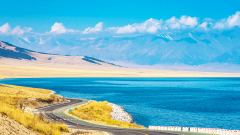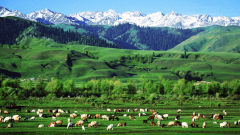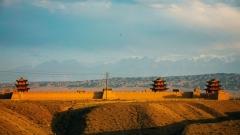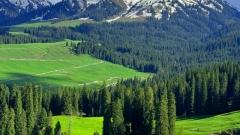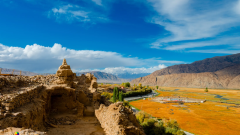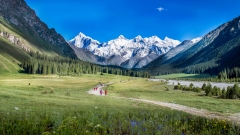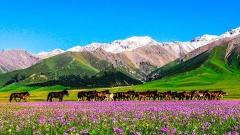Known as the “Sea of Death”, the Taklamakan Desert is one of the largest shifting-sand deserts in the world, covering more than 330,000 square kilometers in China’s Xinjiang region. Despite its intimidating reputation, the Taklamakan is also a land of mystery and beauty—golden dunes, ancient Silk Road ruins, and surprising desert oases. If you’re dreaming of venturing into this vast wilderness, safety must be your top priority. This guide offers essential tips on how to explore the Taklamakan Desert safely, while still enjoying its unique charm.
Understanding the Taklamakan Desert
-
Geography: Located in the Tarim Basin of southern Xinjiang, it’s bounded by the Kunlun, Pamir, and Tianshan mountains.
-
Climate: Extremely arid, with less than 50mm of rainfall annually. Summer temperatures soar above 40°C, while winter nights can drop below -20°C.
-
Dunes: Some dunes reach over 300 meters, making navigation difficult without experience.
Knowing these harsh natural conditions helps travelers prepare realistically.

Best Time to Visit
-
Spring (April–May) and Autumn (September–October) are the safest times.
-
Summer is dangerously hot, while winter can be icy and isolating.
-
These shoulder seasons provide more comfortable weather, making it easier to travel and safer to enjoy the desert.
Popular Routes and Experiences
-
Desert Highway Crossing: The Taklamakan Desert Highway stretches 552 km from Luntai to Minfeng, lined with poplar forests and desert scenery.
-
Oasis Towns: Visit Hotan, Kuqa, or Yarkand—ancient Silk Road hubs at the desert’s edge.
-
Adventure Tours: Some agencies offer guided 4×4 jeep trips, camel trekking, or even photography expeditions into the dunes.
Travel Safety Essentials
a) Always Go with a Guide
The desert is unforgiving. Navigation errors can be fatal. A local guide or licensed tour operator ensures you stay on safe routes.
b) Hydration is Key
-
Carry at least 5 liters of water per person per day.
-
Electrolyte packs are useful to prevent dehydration.
c) Sun Protection
-
Wide-brimmed hat, sunglasses, and high-SPF sunscreen.
-
Loose, long-sleeved clothing to block the sun and sand.
d) Vehicle Safety
-
If driving, only go in a convoy of 4x4s.
-
Carry extra fuel, spare tires, and recovery equipment.
e) Communication Tools
-
Don’t rely on mobile signal—it’s patchy.
-
Satellite phones or GPS trackers are recommended.
Health and Physical Preparation
-
Acclimatize gradually if you’re coming from cooler or more humid regions.
-
Bring medications for heatstroke, altitude discomfort (if visiting mountains nearby), and common issues like stomach upset.
-
A basic first-aid kit is essential.
Cultural Highlights Around the Desert
While the desert itself is mostly sand, the Silk Road towns around it hold incredible history:
-
Hotan: Famous for jade, carpets, and bazaars.
-
Kuqa: Known for Buddhist cave art at Kizil Caves.
-
Yarkand: A historic Uyghur town with royal tombs and mosques.
These stops add cultural depth to a desert trip, making your journey more than just a test of endurance.
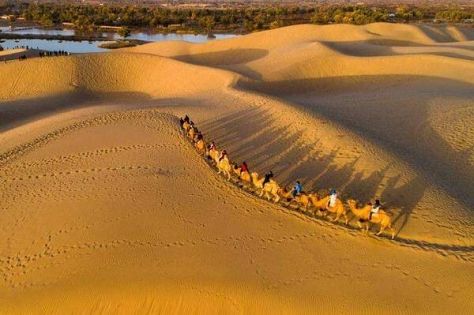
Taklamakan Desert
Responsible Travel
-
Respect local Uyghur and Kazakh traditions when visiting desert-edge villages.
-
Take all waste back with you—desert ecosystems are fragile.
-
Avoid off-road driving outside designated paths to prevent damaging dunes.
Conclusion
The Taklamakan Desert is both fearsome and fascinating—a place where ancient trade routes once thrived, and where nature still shows its raw power. Exploring it requires preparation, respect for the environment, and professional guidance. With the right mindset and safety measures, you can experience the thrill of standing among endless dunes, watching the sun set over the “Sea of Death,” and feeling the silence of one of the world’s greatest deserts.



